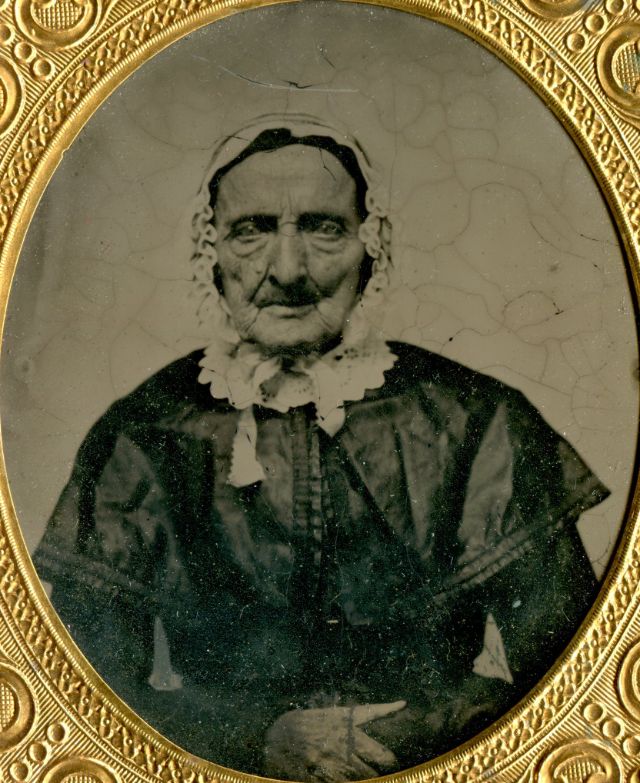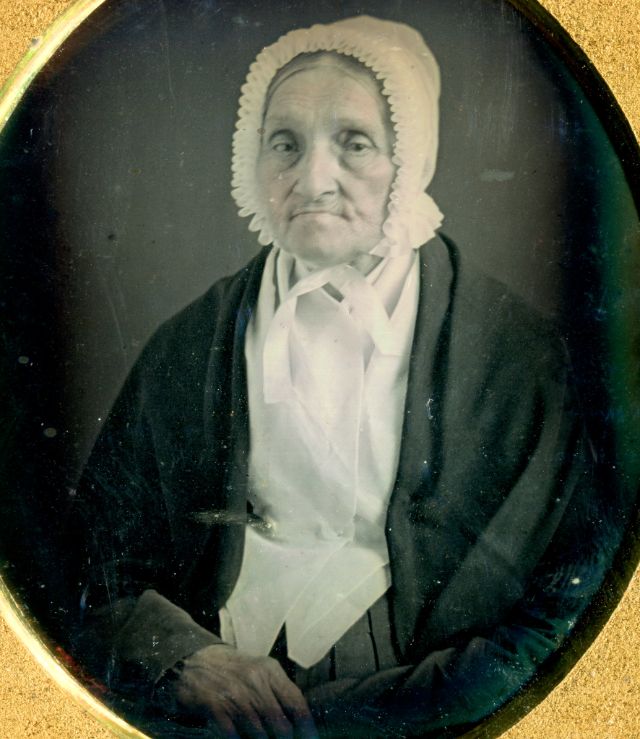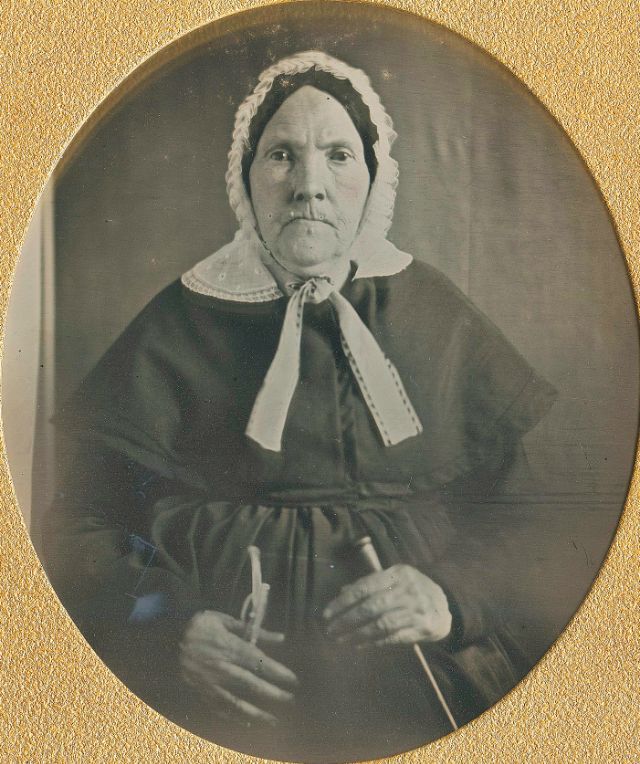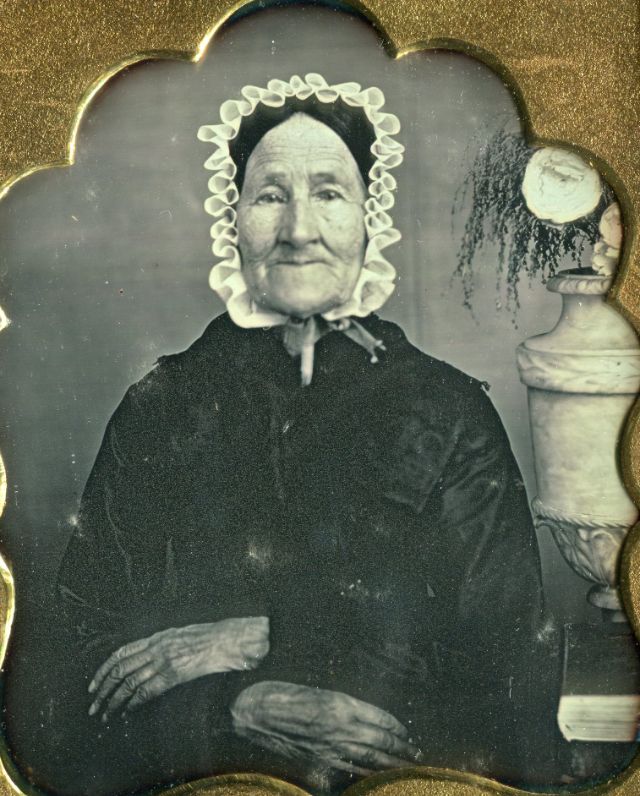Daguerreotype was the first publicly available photographic process; it was widely used during the 1840s and 1850s. The daguerreotype produced a positive image on a silver surface. It was invented by Louis-Jacques-Mandé Daguerre in 1835 and became publicly available in 1839.
This led to the first photographic portrait studio opening in Boston, Massachusetts, in 1842, which brought portraiture into widespread use across America and Europe. The daguerreotypists were soon joined by photographers who used calotypes (paper negatives) to create portraits of their customers at studios or at home.
This practice continued until around 1850, when ambrotypes were introduced as an alternative to wet collodion paper negatives (though they had been around since 1854).
Here below is a set of amazing photos from Jesse Cress that shows studio portraits of women who were born from the 1700s.









































0 comments:
Post a Comment